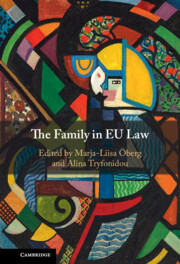EU citizenship, now so central to the European Union's project, remains a highly contested concept in respect of its meaning, its scope, and its purpose. By considering the large body of legal texts and their travaux préparatoires from the 1972 Paris European Council until the adoption of the Maastricht Treaty in 1992, we have explored what the original drafters had in mind in developing the concept of EU citizenship and, crucially, what they did not. The article argues that the notion of European citizenship was seen as a tool to define European identity, and thus to continue the building of the European Union as a whole. European citizenship was thus viewed through a constitutional prism from the outset. The constitutional approach to the concept of European citizenship fed into the wider constitutionalisation project under the Maastricht Treaty and, later, permeated the case law of the Court of Justice of the European Union. We wish to argue that this focus on the constitutional nature of EU citizenship overlooked the more practical implications of citizenship, such as how to manage immigration flows or the infrastructure changes needed in the host state to accommodate a significant number of arrivals of EU citizens (in particular in respect of housing and social welfare benefits). It took more than 20 years after the introduction of EU citizenship for the Court of Justice to become aware of the practical, as opposed to constitutional, implications of the direction of travel it had pursued. By that time, it was too late for the United Kingdom, one of the countries which had received the largest number of EU citizens; the UK voted by a narrow margin to leave the European Union.

